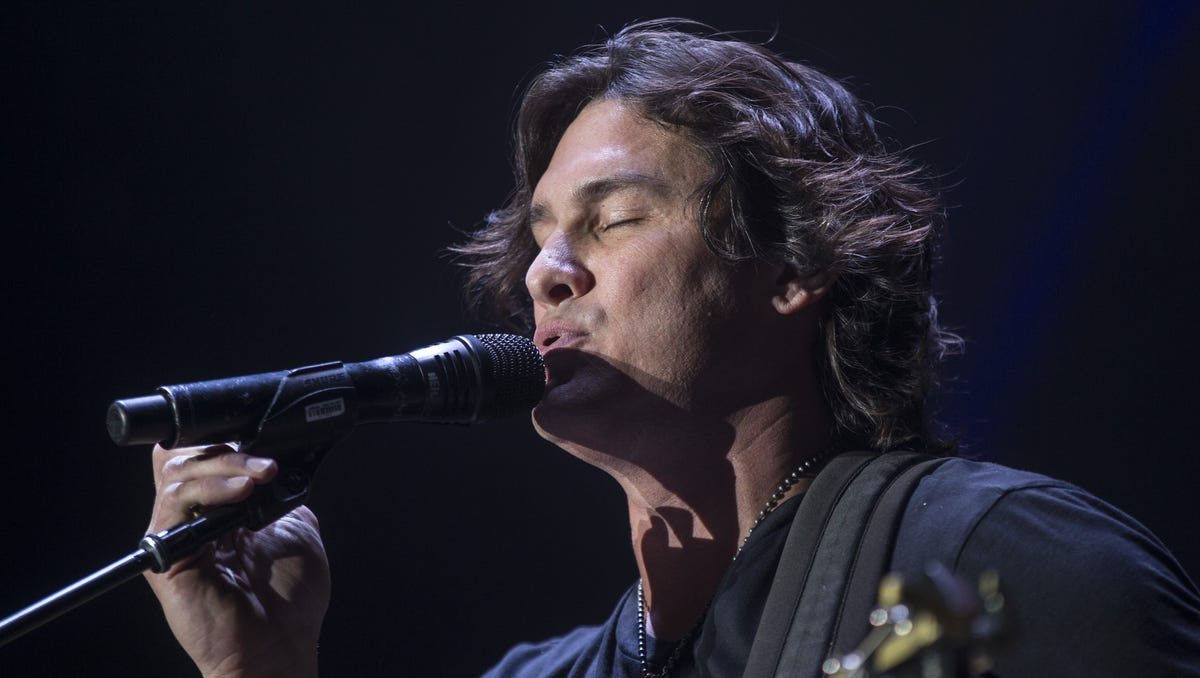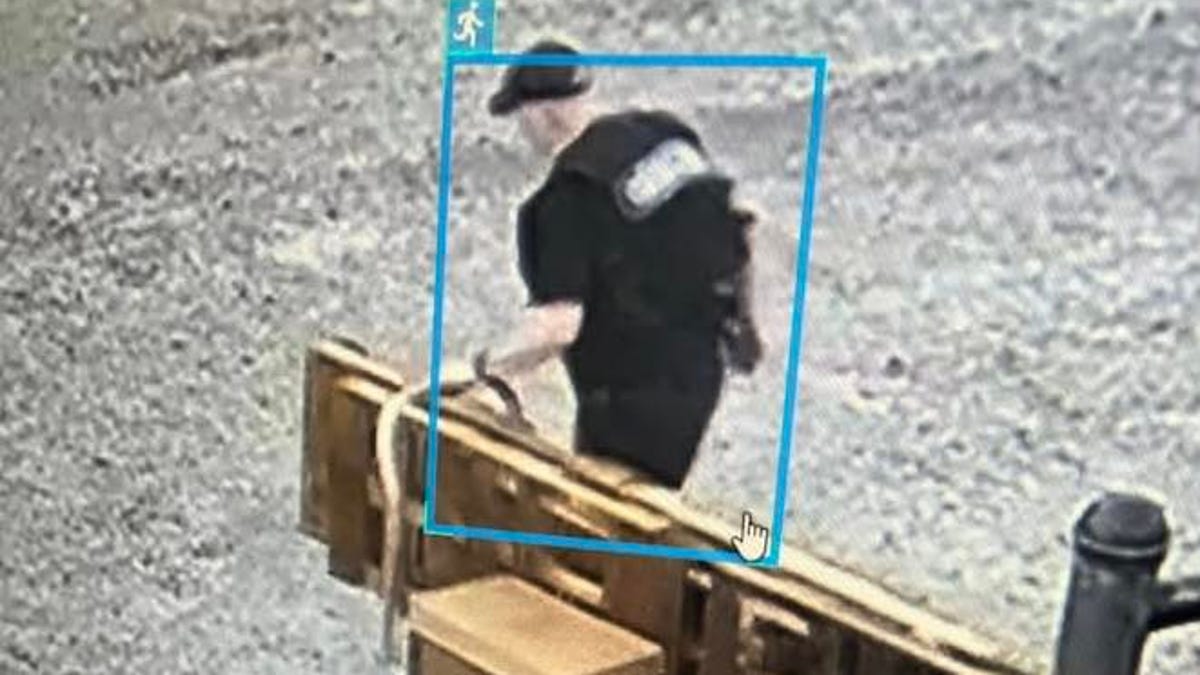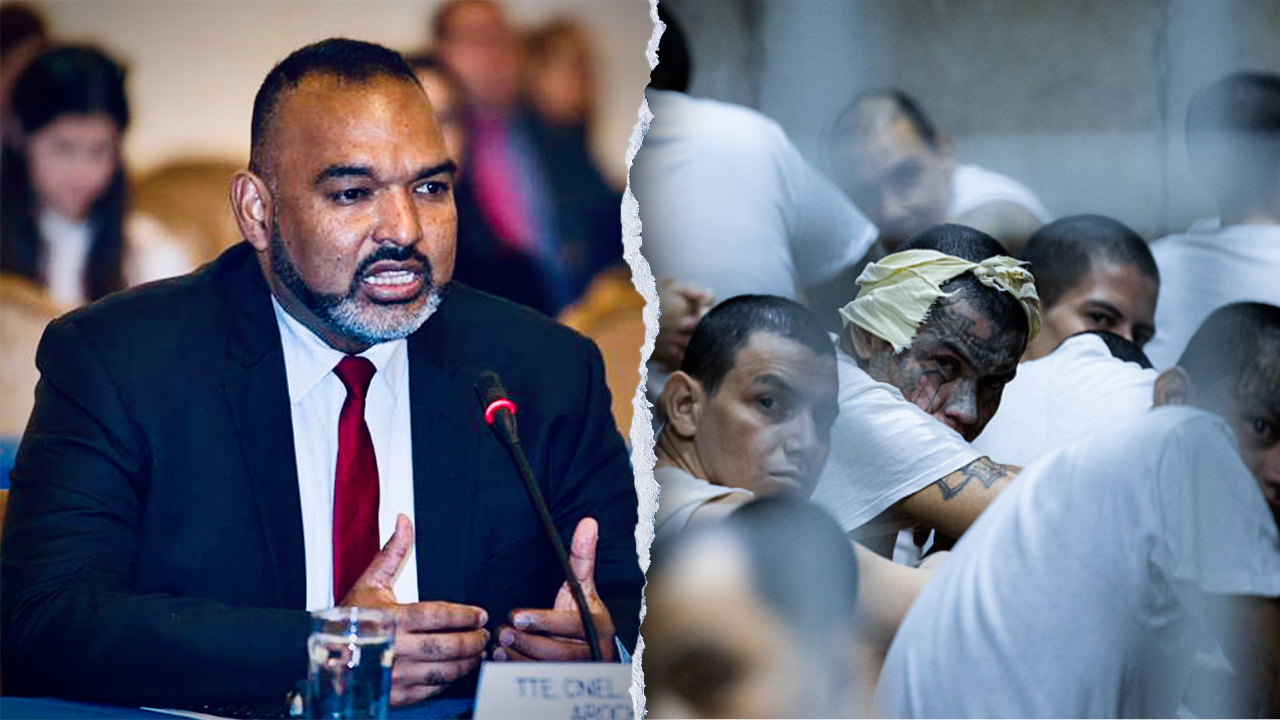Central Arkansas is home to a vibrant tattoo community and some of the best artists in the state, with dozens of shops in the metro area providing the popular service.
An estimated 32% of people in the United States have at least one tattoo, according to a study conducted by the Pew Research Center in 2023. The study also found that 22% had more than one tattoo.
Tattooing represents an enduring fascination with altering one’s appearance and quest for individuality that has evolved throughout history, with the display of body art becoming more intricate and colorful, offering a glimpse into the world of the person who has tattoos.
WHY TATTOO?
For some, their tattoo design is chosen simply for aesthetic purposes. Others take a more philosophical approach to their chosen art. Tattoos can tell stories of tragedy, triumph, trauma or accomplishment.
“It can be a confidence boost, or sometimes it’s the rebel cause or trying to make mom mad,” said Josh Chambers, owner and resident artist at The Parlor Tattoo.
The Parlor, at 112 Main St. in North Little Rock, is a storied local shop and boasts more than 28 years in business plus a 4.8-star rating online, with more than 340 reviews as of May.
Another standout local shop is Black Cobra Tattoo Studio at 2323 N. Poplar St. in North Little Rock. It is owned by artist Matt O’Baugh, has been in business for 10-plus years and has a 4.8-star rating with more than 330 reviews.
Like Chambers, O’Baugh speculated that one reason people get tattoos is to rebel — to “see how much I can p*** my parents off.”
Bradley Labelle, who is having a traditional Norse tattoo worked on by Black Cobra artist Breezy Tucker, said he wanted his tattoo to reflect his beliefs, and the tattoo he chose is a spiritual tribute for him.
As artist Josh Henderson tattooed on Austin Mauney part of a stylized character from the Zelda video game franchise at Black Cobra, Mauney explained that he decided on this design to continue his pattern of other characters from the same franchise. He said he has an emotional connection to those characters.
Tattooing also has a deeper meaning for some of those running the local shops.
Chambers explained that tattooing is more than just a profession; it is a craft that saved his life. He shared his humble artist beginnings — the inside of a prison cell in 2016 — and how he was encouraged to pursue tattooing while there.
In 2023, after years of hard work, he took over at The Parlor Tattoo.
“I could always draw like the Simpsons characters, all of us as the Simpsons or whatever,” Chambers said. “Everyone (in prison) assumed that I tattooed already.”

O’Baugh also entered the profession in the early 2000s, as an apprentice. Back then, the industry was in a state of experiment and change. “Everybody went through techniques to push the boundaries and seeing what would happen,” he said. “There were a lot of growing pains.”
O’Baugh said there was a “hyper realistic” movement in tattooing, where there was little or no line work. Effects were made by using color shading to make the tattoos look more realistic. “But, after a few years, we found that the designs just didn’t hold as well as they did with line work,” he said.

BODY PIERCING
Black Cobra and other tattoo shops also offer another popular body modification service: piercing. A survey conducted by Statista in 2017 found that at least 84% had their earlobe pierced, while 20% had other types of piercings.
Like tattoos, piercings can have a deeper meaning for those who have them.
Kyle Arkansas, a piercer at Black Cobra, said piercing can be a way for someone to cope with trauma.
Another Black Cobra piercer, Kade Oliverio, added that getting a piercing can offer that rush of adrenaline someone needs, or they might get a piercing to draw attention away from a part of their body they are uncomfortable with.

HISTORY OF THE CRAFT
Body modification and tattooing dates back thousands of years, and today’s tattooing is a far cry from the utilitarian version noted 19th-century professional artist, Martin Hildebrandt, practiced. It became more intricate and colorful, offering a glimpse into the personality of the person with tattoos.
Hildebrandt first tattooed Civil War soldiers for identification purposes. He opened his New York City shop in 1870.
In the same city, in 1891, Samuel O’Reilly was granted the first patent for an electric rotary tattoo machine. It was inspired by Thomas Edison’s electric pen.
There is no record of O’Reilly selling such a machine, however.
But the oldest known tattoos were discovered more than 100 years after Hildebrandt set up his shop, when the remains of Ötzi the Iceman was found near the Italian-Austrian border in 1991.
He had 61 tattoos, including several on his legs, arms and lower back, according to the Smithsonian Institution. Ötzi also had some of the oldest known ear piercings in the archaeological record.
Carbon dating estimates he lived around 5,300 years ago during the Copper Age, according to an article published in the Smithsonian magazine in 2023.
The remarkable preservation of Ötzi represents the best evidence and direct archaeological proof of the practice of tattooing. The amount of tattooing on Ötzi’s body indicates social practices that likely predate his life, according to the Smithsonian.
Whatever the reason people decide to get body modifications, the trend doesn’t appear to be going anywhere anytime soon, and it has only become more beautiful as new colors, techniques and styles emerge in the world of tattooing and piercing.


/cloudfront-us-east-1.images.arcpublishing.com/gray/EIDWKRYJANA67HJ32RARMKETBM.jpg)





























